This question addresses a good point and I have seen programs fail because of applying the length command on matrices (for looping). Especially when one expects to get size(M, n) because the n-th dimension should be the largest. In total, I can not see an advantage of allowing length to be applied on matrices, in fact I only see risks from probably unexpected behavior.
If I want to know the largest dimension of any matrix, I would prefer to be more explicit and use max(size(M)), which also should be much clearer for anyone reading this code.
I am not sure, whether the following example should be in this answer, but It somehow addresses the same point.
It is also useful to be explicit with dimension, when averaging over matrices. Consider the case, where you always want to average over the first dimension, i.e. over the columns of a matrix. As long as your matrix is of size n x m, where n is greater than 1, you do not have to care about specifying a dimension. But for unforseen cases, where your matrix happens to be a row-vector, things get messy:
%// good case, where num of rows is 2 or greater
size(mean(rand(2, 4), 1)) %// [1, 4]
size(mean(rand(2, 4))) %// [1, 4]
%// bad case, where num of rows is 1
size(mean(rand(1, 4), 1)) %// [1, 4]
size(mean(rand(1, 4))) %// [1, 1], returns the average of that row
